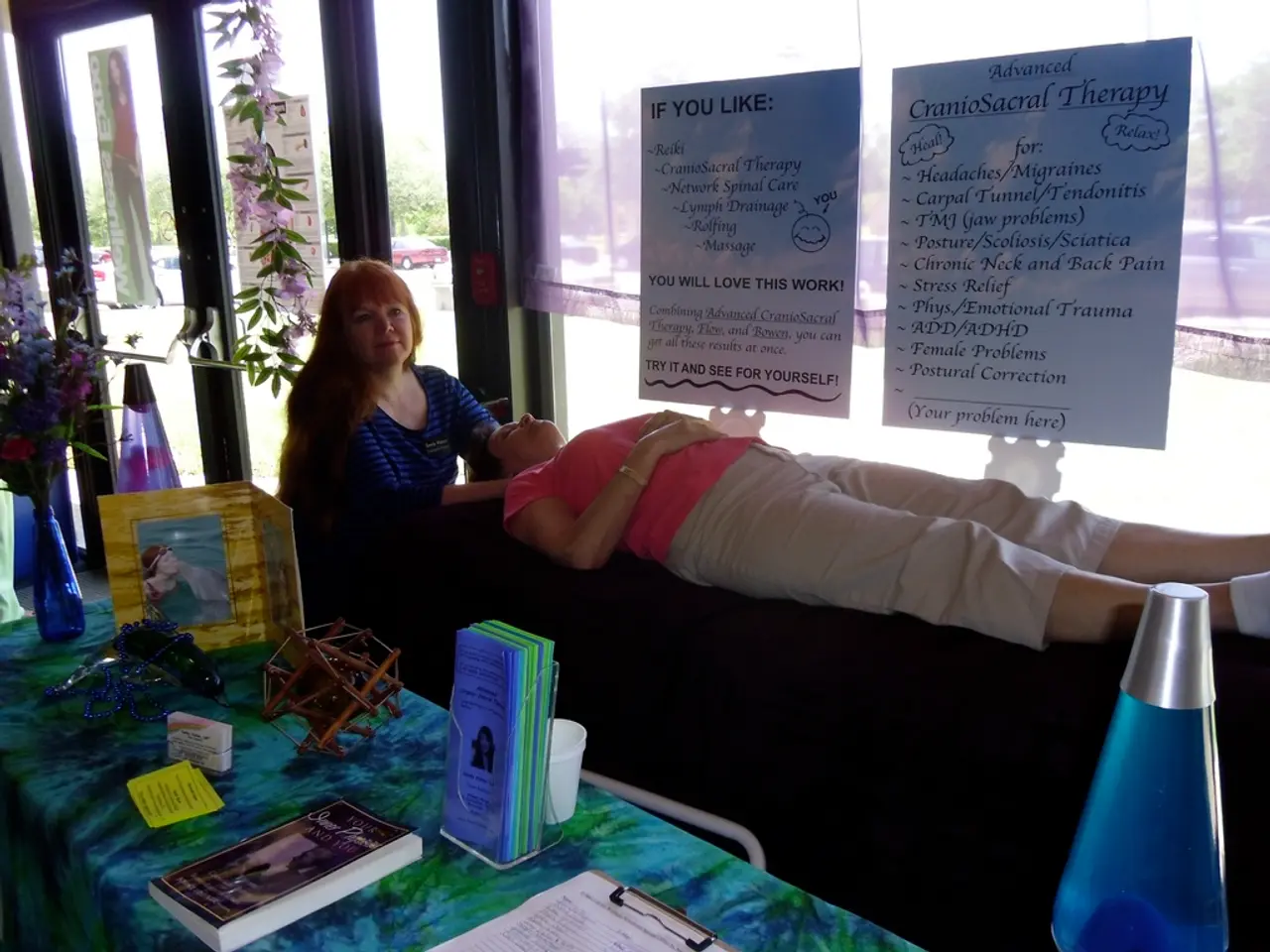Abdominal Hernia: Symptoms, Root Causes, Therapeutic Approaches, and Further Insights
Ventral hernias are a common health issue that affects the anterior abdominal wall. These hernias occur when an internal organ or tissue protrudes through a weakened or defective area in the abdominal wall muscles. There are several types of ventral hernias, each with its own causes and symptoms.
Types of Ventral Hernias and Causes
Incisional Hernias
Incisional hernias develop at the site of a previous surgical incision due to incomplete healing or weakening of the surgical scar. They are often caused by surgery-related factors or increased intra-abdominal pressure.
Umbilical Hernias
Umbilical hernias occur near the navel and result from muscle weakness around the umbilicus. They are common in infants but can also affect adults, often related to obesity, pregnancy, or heavy lifting.
Epigastric Hernias
Epigastric hernias form between the navel and chest along the linea alba, caused by defects or weakness in the midline abdominal muscles.
Spigelian Hernias
Spigelian hernias appear through the Spigelian fascia, located along the side of the abdominal wall; they are less common but arise from a defect in the abdominal wall layers.
Parastomal Hernias
Parastomal hernias develop adjacent to stoma sites, caused by weakness around the stoma opening in the abdominal wall.
Symptoms
Ventral hernias may present with visible bulges or lumps in the abdominal wall, which may reduce when lying down. Some people may experience pain or discomfort, especially on coughing, lifting, or straining. In severe cases, incarceration or strangulation may occur, causing bowel obstruction or impaired blood flow, which manifests as severe pain, nausea, vomiting, or tenderness.
Treatments
Small, asymptomatic hernias are sometimes monitored, and physiotherapy may help strengthen abdominal muscles and prevent progression. However, the main treatment for ventral hernias, especially if symptomatic or complicated, is surgical repair.
Common surgical techniques include open repair, laparoscopic repair, component separation techniques, and mesh placement in various planes to reinforce the abdominal wall and reduce recurrence risk. The choice of treatment depends on hernia size, complexity, patient health, and surgeon expertise, with minimally invasive approaches gaining popularity for ventral hernias due to lower complication rates.
It's important to note that a ventral hernia may not present any symptoms or be painless for some people, and a hernia may reoccur after surgery, with a person who has a bulge with their hernia being more likely to experience reoccurrence. An incarcerated hernia may occur, where part of the intestine or tissue becomes trapped inside the hernia.
In conclusion, ventral hernias vary by location but generally result from defects or weakness in the abdominal wall muscles, leading to protrusion of abdominal content. Symptoms include bulges and discomfort, and treatment ranges from observation and physiotherapy for mild cases to surgical repair utilizing advanced techniques for complex hernias.
In the realm of science and medical conditions, people living with chronic kidney disease must also be aware of the potential complications, such as the development of an ileostomy as a result of surgery related to chronic diseases. Furthermore, workplace wellness programs should consider addressing ventral hernias and their prevention strategies, as they can be related to chronic diseases, obesity, and even pregnancy. In such programs, fitness and exercise activities tailored towards strengthening the abdominal muscles could help reduce the risk of ventral hernias. If a worker living with a ventral hernia requires medical attention, they may undergo a surgical repair using various techniques, including laparoscopic repair or mesh placement, which can help minimize recurrence risks. However, it's essential to note that recurrence is a possibility, especially for those who maintain a hernia bulge, and that an incarcerated hernia might still occur post-surgery.




